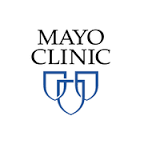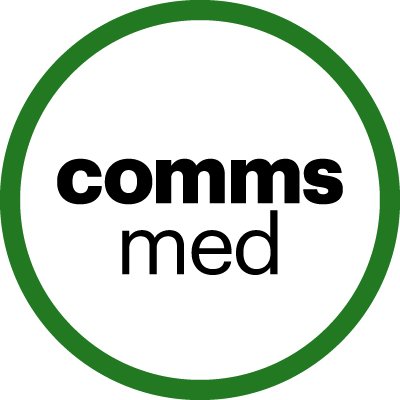FDA clears AI platform for real-time surgical measurements

Editor's Note What is reportedly the first technology to allow dynamic, 3D, segmental visualization of anatomy during surgery earned a second 510(k) clearance from the US Food and Drug Administration, according to an April 8 press release from developer Proprio. Designed to let surgeons measure progress during surgery without scrubbing…
Digital twin technology aids cardiac surgery at Boston Children's Hospital

Editor's Note Boston Children's Hospital uses digital twins of patients' hearts to improve cardiac surgery precision and ensure positive outcomes, according to an October 15 report in The Washington Post. Digital twins—computerized replications of physical objects and systems—enable surgeons to simulate complex procedures on virtual 3D heart models before making…
In-house 3D printing reduces hospital surgery times, costs

Editor's Note The medical 3D printing market is expected to double from $2 billion in 2022 to $4 billion by 2026, driven by customization, lower costs, and quick turnarounds, according to analysis from GlobalData. In a July 24 report on the analysis, Medical Device Network outlined this growth as well…
3D-printed stem cell patches show promise as heart surgery alternative

Editor's Note Using a patient’s stem cells to 3D-print patches to place over damaged areas of the heart could provide an alternative to invasive surgery, according to new research detailed in a June 9 report from the Australian Broadcasting Corporation (ABC). Although the technology has yet to be tested on…
Mayo Clinic evaluates impact of OR design on team performance, efficiency

Editor's Note Designing ORs with a focus on patient flow, room organization, and the needs of surgical teams can reduce burnout while improving workplace positivity and patient outcomes. That’s according to an April 9 report from Mayo Clinic, where researchers recently integrated 3D space capture technology with traditional focus groups…
3D printed skin breakthrough provides full layers and hair regrowth

Editor's Note A research team from Penn State University is using 3D printing to produce a living system of multiple skin layers that could be used to print tissues during surgery and has the capacity to grow hair. The findings were published November 9 in the journal Bioactive Materials. The…
3D scans, deep-learning AI show promise for measuring body composition

Editor's Note A new method of measuring body composition using deep learning models and 3D scans is accurately depicts the distribution of fat and muscle in various body types, according to findings published January 30 Nature Communications Medicine. Creating tying an accurate digital map of a person’s shape and body…
Breakthrough navigation system enables radiation-free spinal surgery
Editor's Note Spinal surgeons seeking a better standard of care now have an alternative to traditional scanning that exposes patients to levels of radiation equivalent to multiple X-rays. Highlighted in LA Weekly on December 19, the PathKeeper 3D optical and navigation system uses high-resolution 3D optical cameras to provide real-time…
Cleveland Clinic London surgeons perform TKA assisted by augmented reality
Editor's Note The Cleveland Clinic announced, on August 16, that surgeons at its London facility successfully performed a total knee arthroplasty (TKA) with the assistance of an augmented reality-based platform designed with artificial intelligence and machine learning. Augmented reality, which gives a 3D visualization of the joint, helps with planning…

 Free Daily News
Free Daily News